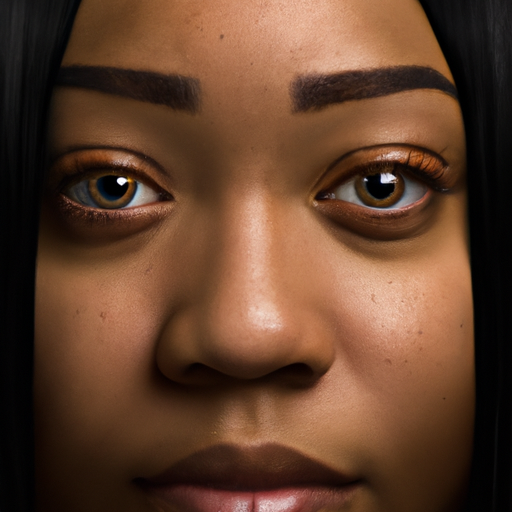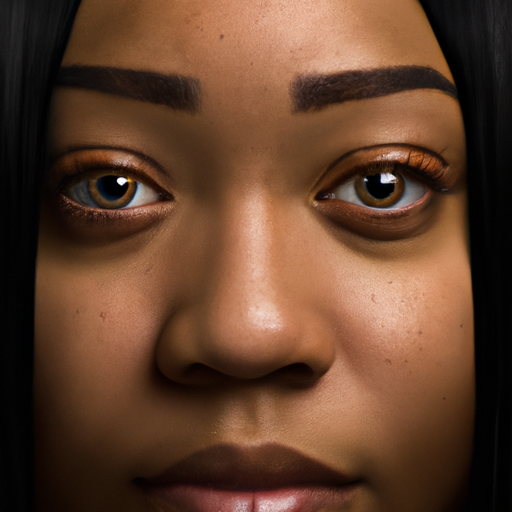Title: Unmasking Acne: A Comprehensive Guide to Diagnosis and Treatment
Acne is a common skin condition that affects millions of people worldwide. It is not just a teenage problem; adults can also experience acne well into their 30s, 40s, and beyond. Understanding the causes, diagnosis, and treatment options for acne is crucial to managing this skin condition effectively. This article aims to provide a comprehensive guide to unmasking acne, its diagnosis, and treatment.
Acne is primarily caused by the overproduction of oil, clogged pores, bacteria, and inflammation. Hormonal changes, certain medications, diet, and stress can also trigger acne. The most common types of acne include whiteheads, blackheads, papules, pustules, nodules, and cystic lesions.
Diagnosing acne involves a thorough examination of the skin by a dermatologist or skincare professional. They will assess the severity of the acne, the type of lesions present, and the areas of the body affected. The diagnosis will also consider any underlying conditions that may be contributing to the acne, such as polycystic ovary syndrome or hormonal imbalances.
Once a diagnosis is made, an appropriate treatment plan can be formulated. The goal of acne treatment is to reduce symptoms, prevent scarring, and improve the overall appearance of the skin. There are several effective treatments available for acne, ranging from topical applications to oral medications and advanced therapies.
Topical treatments for acne include benzoyl peroxide, salicylic acid, and retinoids. These products work by reducing oil production, unclogging pores, and reducing inflammation. They are typically applied directly to the skin once or twice daily.
Oral medications for acne include antibiotics, birth control pills for women, and isotretinoin for severe cases. Antibiotics help to kill bacteria and reduce inflammation. Birth control pills can help regulate hormones that contribute to acne. Isotretinoin is a powerful medication used for severe, resistant acne.
Advanced therapies for acne include laser and light therapies, chemical peels, and drainage and extraction procedures. Laser and light therapies can reduce oil production and kill acne-causing bacteria. Chemical peels can remove dead skin cells and unclog pores. Drainage and extraction procedures can remove large acne cysts.
It’s essential to remember that acne treatments are not one-size-fits-all. What works for one person may not work for another. Therefore, it’s crucial to work with a healthcare provider or dermatologist to find the best treatment plan for your specific needs.
In conclusion, acne is a common but treatable skin condition. Understanding the causes, diagnosis, and treatment options can help individuals manage their acne effectively and improve their skin health. With the right treatment plan in place, it’s entirely possible to unmask acne and reveal clearer, healthier skin underneath.
Keywords: Acne, Diagnosis, Treatment, Skin Condition, Dermatologist, Topical Treatments, Oral Medications, Advanced Therapies.




